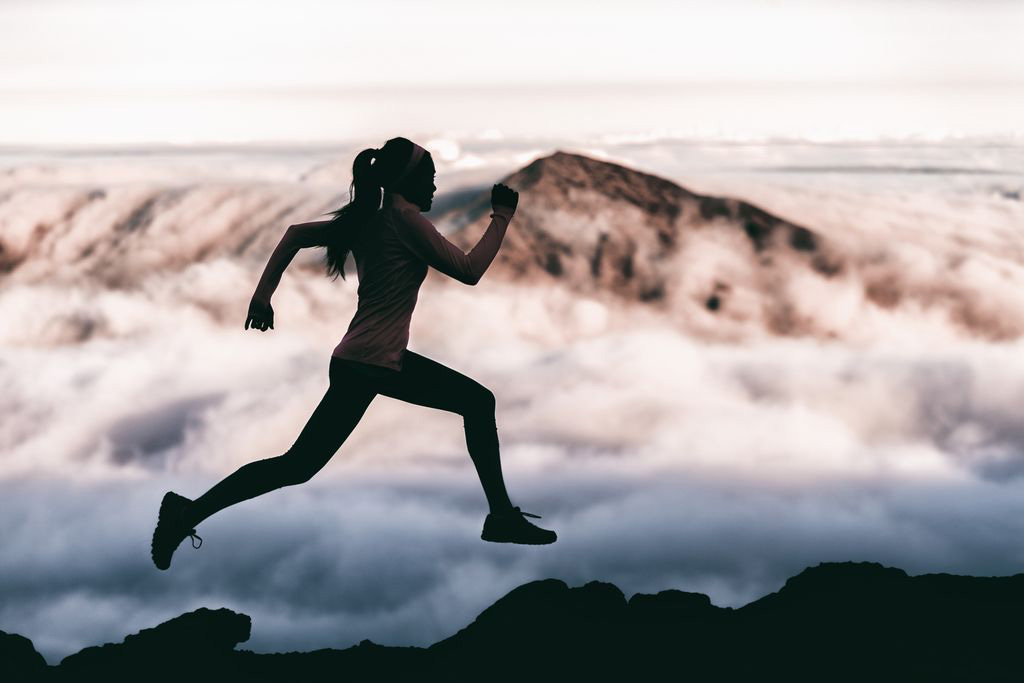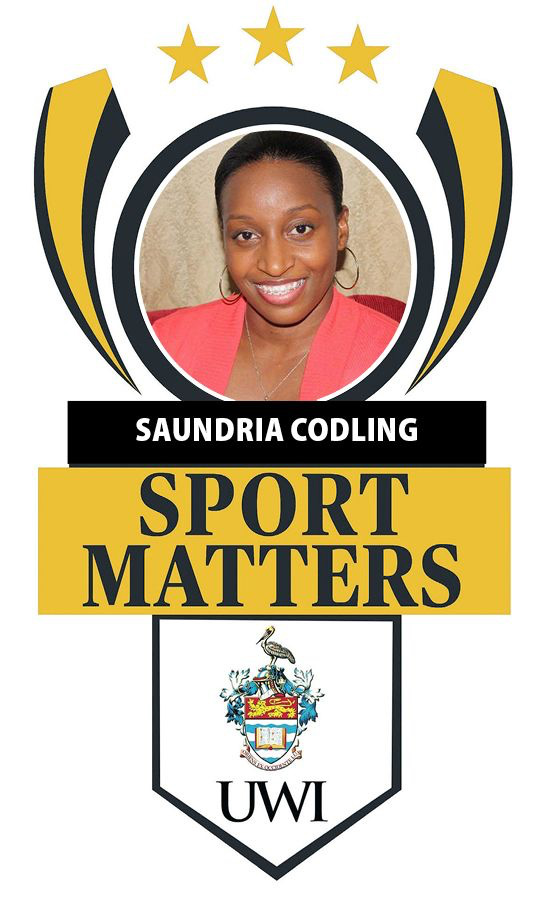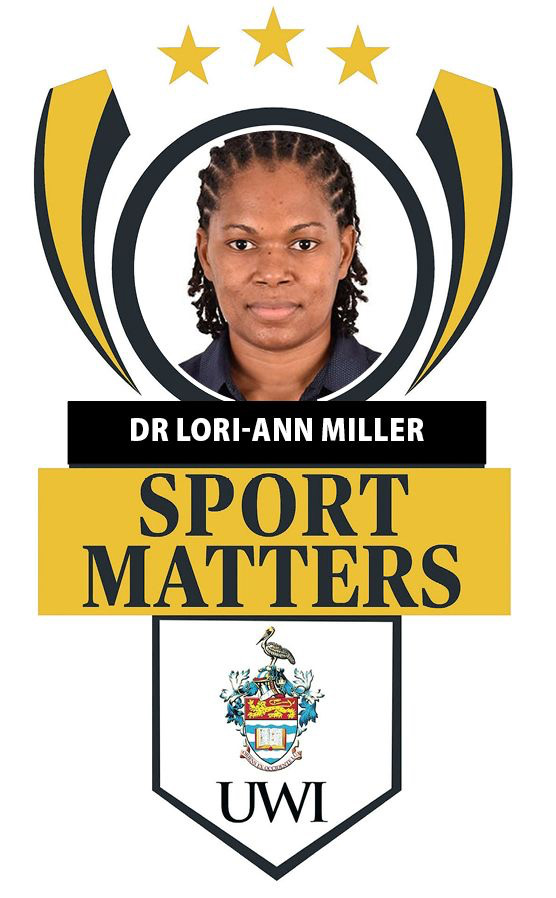
Preparing for competition at higher heights
![]() : Guardian : Sports Desk : 18.07.2021
: Guardian : Sports Desk : 18.07.2021
For most countries in the English-speaking Caribbean, sport training is done at sea level or a few hundred feet above sea level. Port-of- Spain, for example, is at 67 metres (220ft) above sea level. At an elite level, we often have to make it through competition in Central America to advance in several team sports. This means performing at significantly higher altitudes than that at which we train. Bogota, Columbia, for example, is at 2,644 metres (8,675ft).
One view that people take is that the tracks and fields are the same and the same rules apply, so what is the big deal? Well, imagine being in a place where the air gets drier the higher up you go. Your thirst is constant, as your body is losing fluid from the decreased humidity. You start to breathe faster as you struggle to get enough oxygen, your heart starts to beat faster and, to top it off, you get less sleep as you never settle into a proper breathing pattern for restful sleep. This is what happens when we go to altitudes 2500m (8,202 feet) or more above sea level.
At high altitudes, the oxygen in the air is scattered. This phenomenon is known as thin air or rarefied air. This means that for every breath we take at high altitude, there is less oxygen for the body to use compared to a breath of air at sea level. To compensate for this, we begin to breathe faster to take in more oxygen and the heart beats faster to increase blood circulation and gas exchange. The low blood oxygen level stimulates the bone marrow to produce more red blood cells, which results in the thickening of the blood and creates a risk of blood clots. The body perceives the increased blood volume as unnecessary body weight and this leads to increased urination which can lead to dehydration.
At higher altitudes, persons are also at an increased risk of sunburn. Every 300m elevation gain causes a four per cent increase in ultraviolet radiation. Also, at a higher elevation, the body's metabolic rate increases. Energy demand grows higher, thus necessitating a higher energy intake, especially carbohydrates. Additionally, we are exposed to altitude-induced oxidative stress, which requires the consumption of more antioxidant-rich foods. The effects mentioned above can become quite serious if the body does not acclimatise. This can cause various degrees of altitude sickness, which can be life-threatening if not properly managed.
Preparation for success at high altitudes requires engagement in focused altitude training. There are various training models that are utilised by athletes in preparation for competition at high altitudes. These include the Live High-Train High model, Live High-Train Low model and the Live Low-Train High model. With respect to the Live High-Train High model, athletes would live and train at high altitudes of 2000-2500 metres for a duration of 3-4 weeks. Though there exist advantages with this training model, there may be reduction in immune system function and muscle mass that could negate the other benefits.
The Live High-Train Low model entails athletes living at high altitudes to allow for physiological adaptation to the atmospheric conditions at the higher altitude while training at sea level. This type of training is regularly practiced by athletes who live in countries where they have relatively easy access to wide variation in altitudes and can set up homes and camps in mountainous regions. Unfortunately, these extremes in altitude does not exist in the Caribbean.
The Live Low-Train High model involves athletes living at sea level while training at high altitudes. This type of training is not regularly used by athletes, since training at naturally high altitudes on a frequent basis can be expensive, time-consuming and may generally not be feasible.
Another approach taken by many countries is to design altitude houses, tents and low oxygen level training environments. Their athletes would then live in the altitude houses and tents with an artificially created environment to match the climatic condition of the destination. This may be a more feasible approach for us in the Caribbean and is certainly worth exploring.
Elevation Training Masks, also referred to as Altitude Masks, is another device that some of our athletes use to prepare for competing at high altitudes. There is great misconception surrounding the use of these and athletes must be aware that the mask does not simulate altitude training but works more like a respiratory device that regulates the flow of air through the mask during exercises. Physiologically, there is minimal impact on lung functions and there has been no report of increased risk of lung collapse.
Saundria Codling is a physical therapist, Dr Lori Ann Miller is a medical doctor. Both authors are pursuing graduate programmes in the Faculty of Sport.



